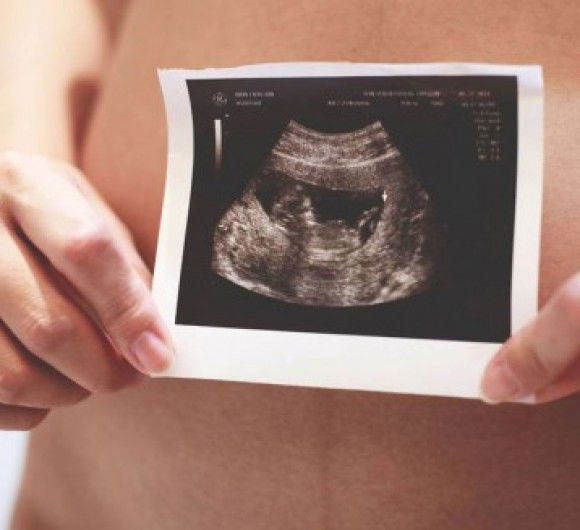Health
3-D printed ovaries may restore fertility in cancer survivors

New York, May 17: The new world of three-dimensional (3-D) printed organs now includes implanted ovary structures that can actually ovulate and may help childhood cancer survivors produce healthy children, a research has showed.
The bioprosthetic ovaries, constructed of 3-D printed scaffolds that house immature eggs, was found to successfully boost hormone production as well as restore fertility in mice.
"This research shows these bioprosthetic ovaries have long-term, durable function," said Teresa K. Woodruff, a reproductive scientist at the Northwestern University in the US.
Importantly, the architecture of the scaffold and the material, or "ink", that was used in the bioprosthetic ovaries are different from other 3-D printed structures, added Ramille Shah, Assistant Professor at the Northwestern University.
The material used was gelatin -- a biological hydrogel made from broken-down collagen and is safe to use in humans.
The bioprosthetic ovaries may help restore fertility and hormone production in women who have undergone adult cancer treatments or those who survived childhood cancer and now have increased risks of infertility and hormone-based developmental issues, the researchers said, in the paper published in the journal Nature Communications.
"What happens with some of our cancer patients is that their ovaries don't function at a high enough level and they need to use hormone replacement therapies in order to trigger puberty," explained Monica Laronda, Assistant Professor at the Ann and Robert H. Lurie Children's Hospital in Illinois, US.
"The purpose of this scaffold is to recapitulate how an ovary would function. We're thinking big picture, meaning every stage of the girl's life, so puberty through adulthood to a natural menopause," Laronda said.
Additionally, the successful creation of 3-D printed implants to replace complex soft tissue could also significantly impact future work in soft tissue regenerative medicine, the researchers stated.



































